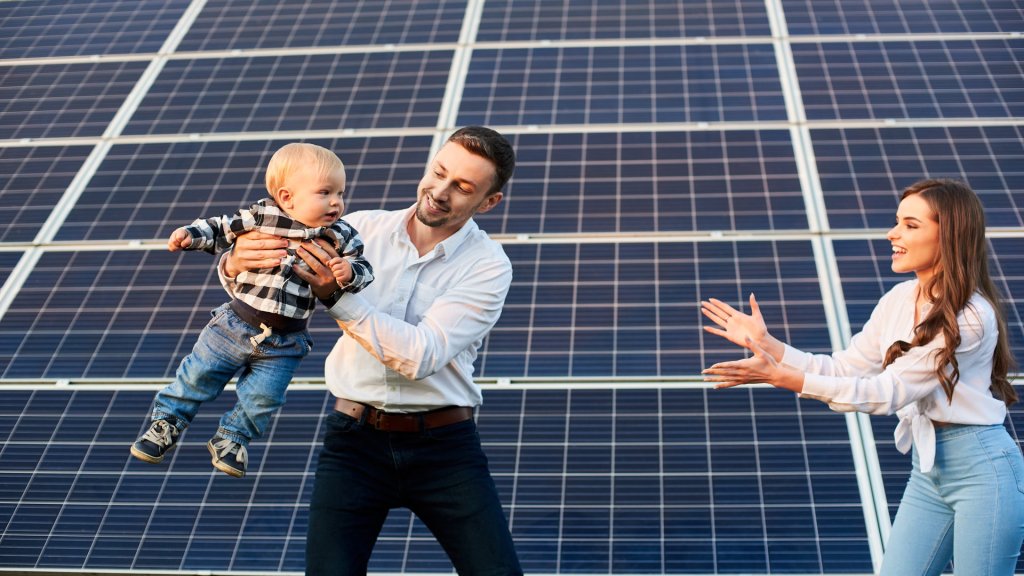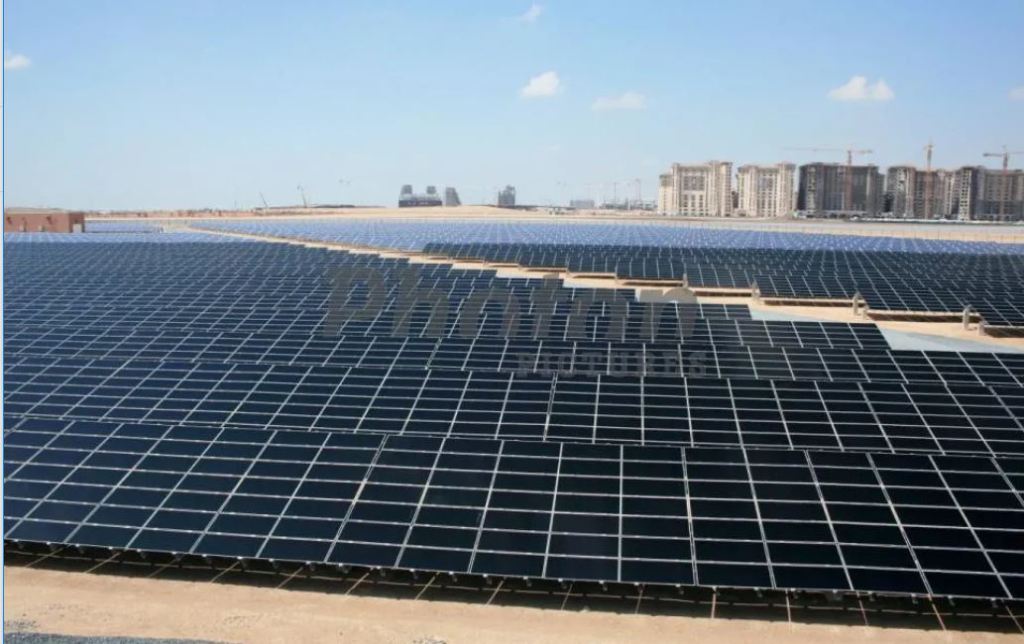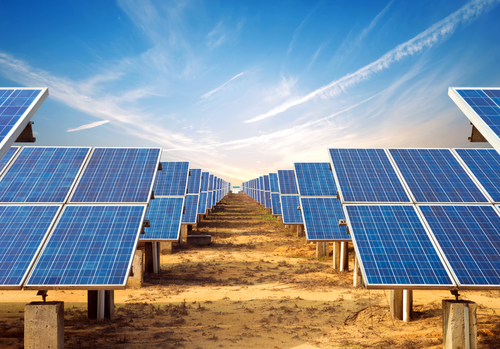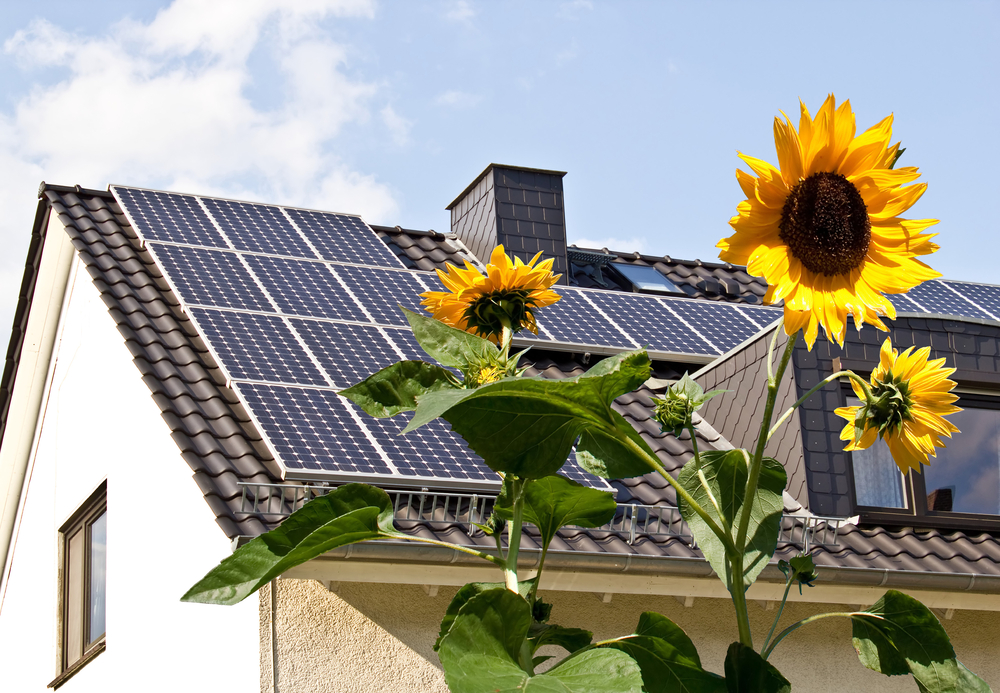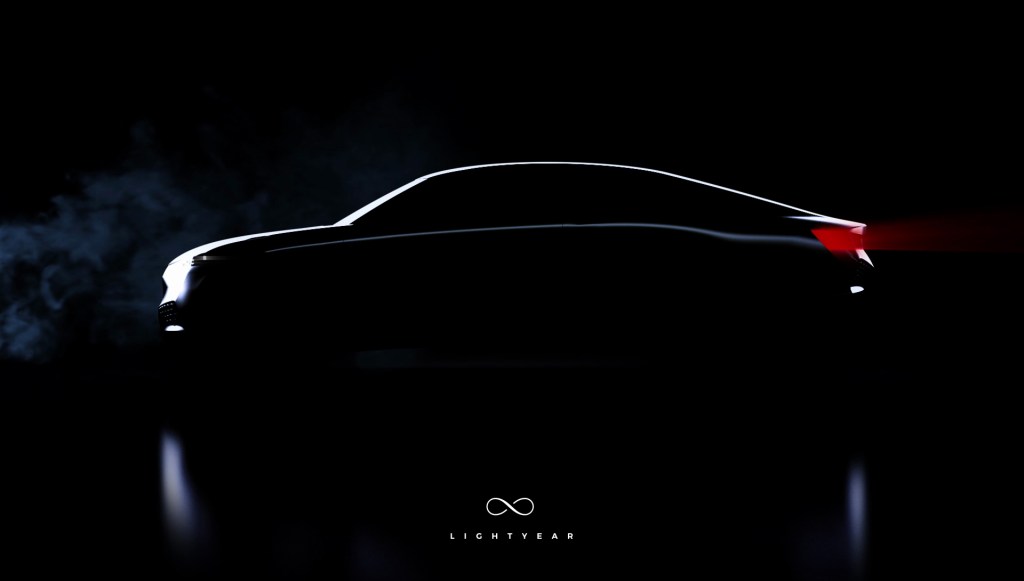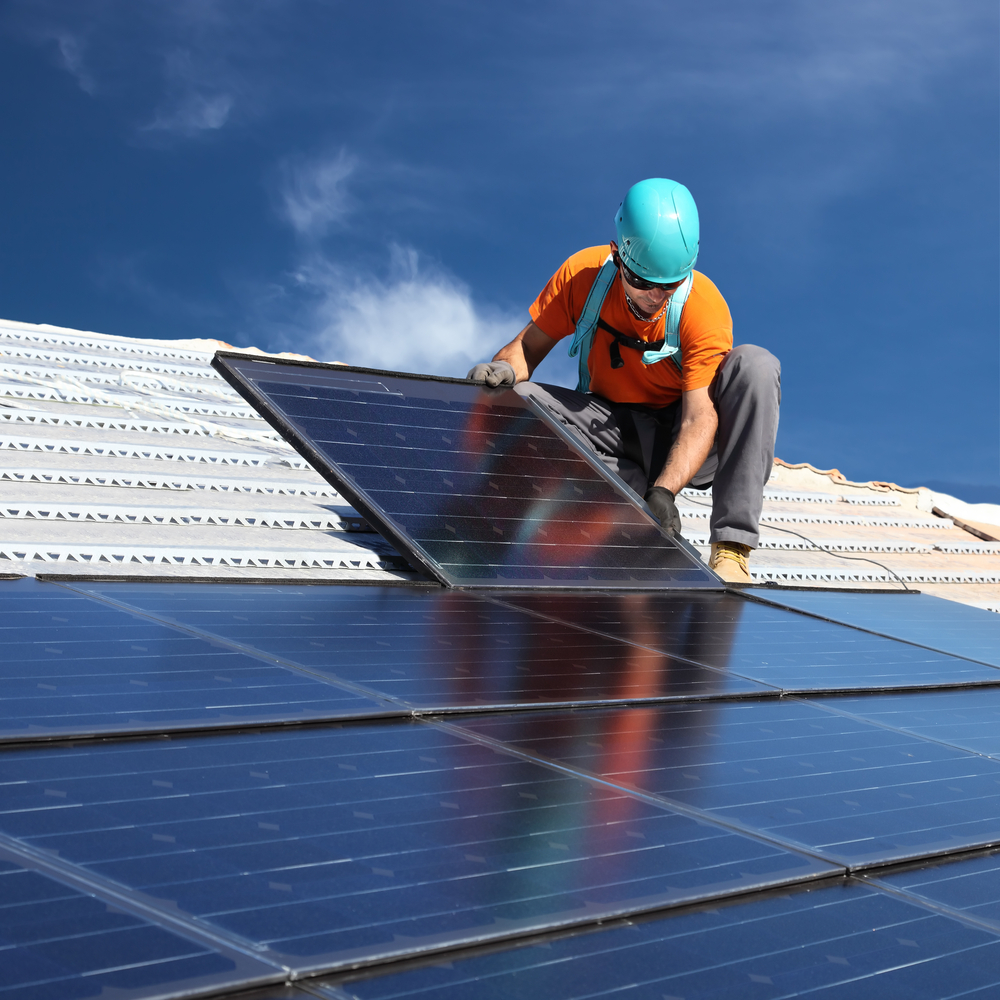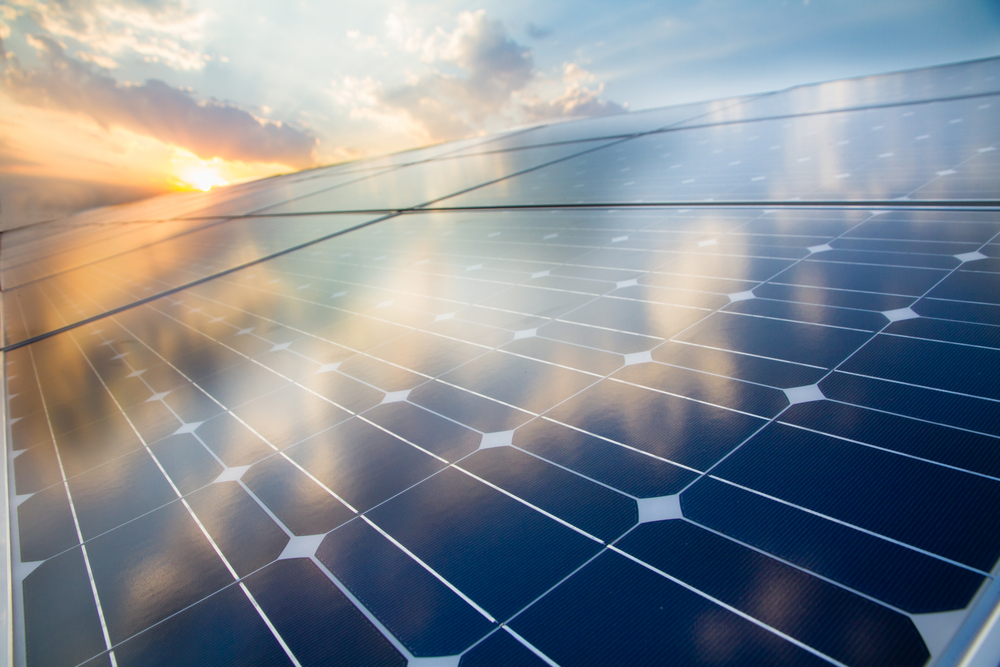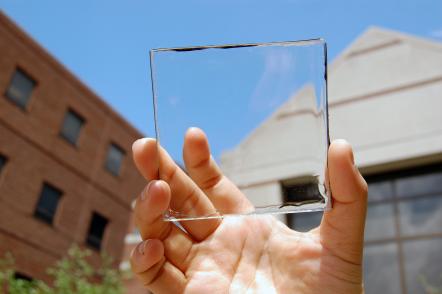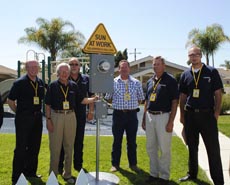New Solar Mandate
Rooftop vs. Community in Calif.
Sacramento is one of the first cities to renegotiate its path towards sustainable power. Since the inception of California’s rooftop solar mandate, several municipalities have scrambled to accommodate the push towards clean energy. Sacramento may be the first of many cities to take advantage of a loophole in the mandate. Community solar The California Energy […]
